The Hoveton Wetlands Restoration project aims to deliver the restoration of Hoveton Great Broad (HGB) and Hudson’s Bay. Salix were appointed by Natural England to complete a major desilting and dredging project
Hoveton Broad, Wetlands Restoration


The Hoveton Wetlands Restoration project aims to deliver the restoration of Hoveton Great Broad (HGB) and Hudson’s Bay. Salix were appointed by Natural England to complete a major desilting and dredging project

Salix have developed a Coir Roll which is fully biodegradable, providing effective erosion control without the use of plastic nets.

Jack’s Keys needed a rapid response to scour and erosion problems.
Our pre-filled Rock Mattresses and Rock Rolls were the answer, our Menzi Muck Spider machine was able to climb in and place them in the river bed.

Rock Rolls and pre-planted Coir Rolls & Pallets were used to prevent erosion whilst creating a lovely habitat in Sheffield City centre where a culverted stream had been flash flooding
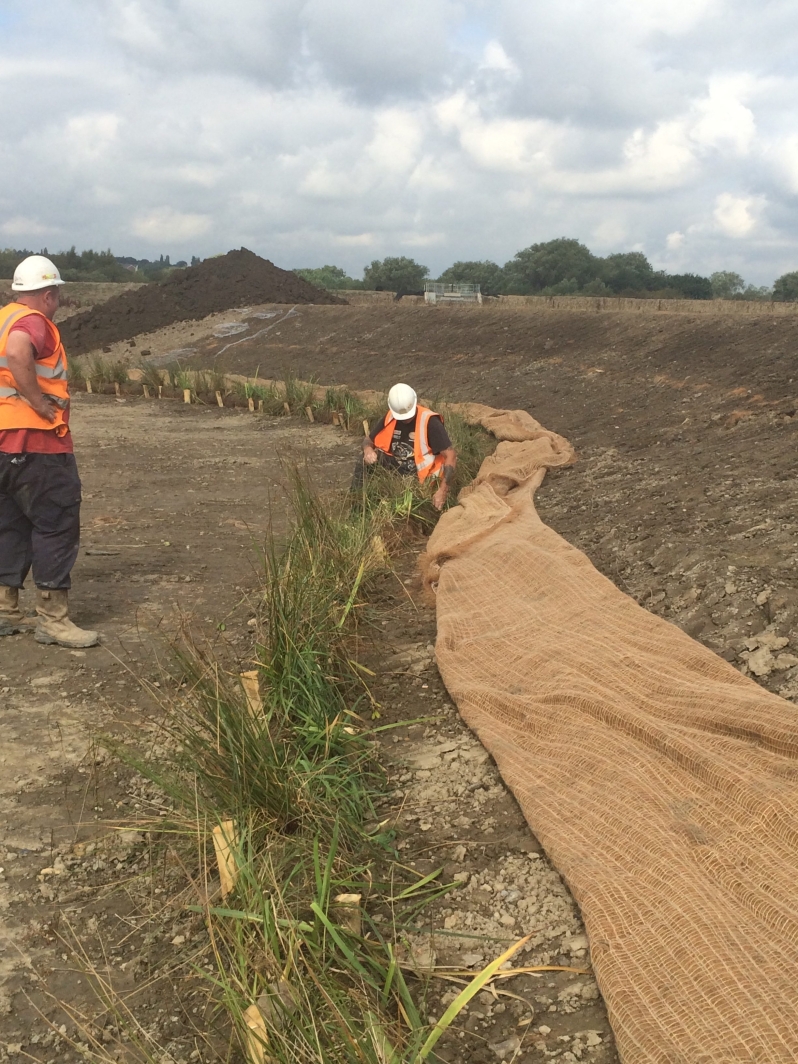
Salix have been appointed as specialist contractors to deal with the erosion control and habitat creation within a SuDS for a mix of housing and business parks at The Avenue
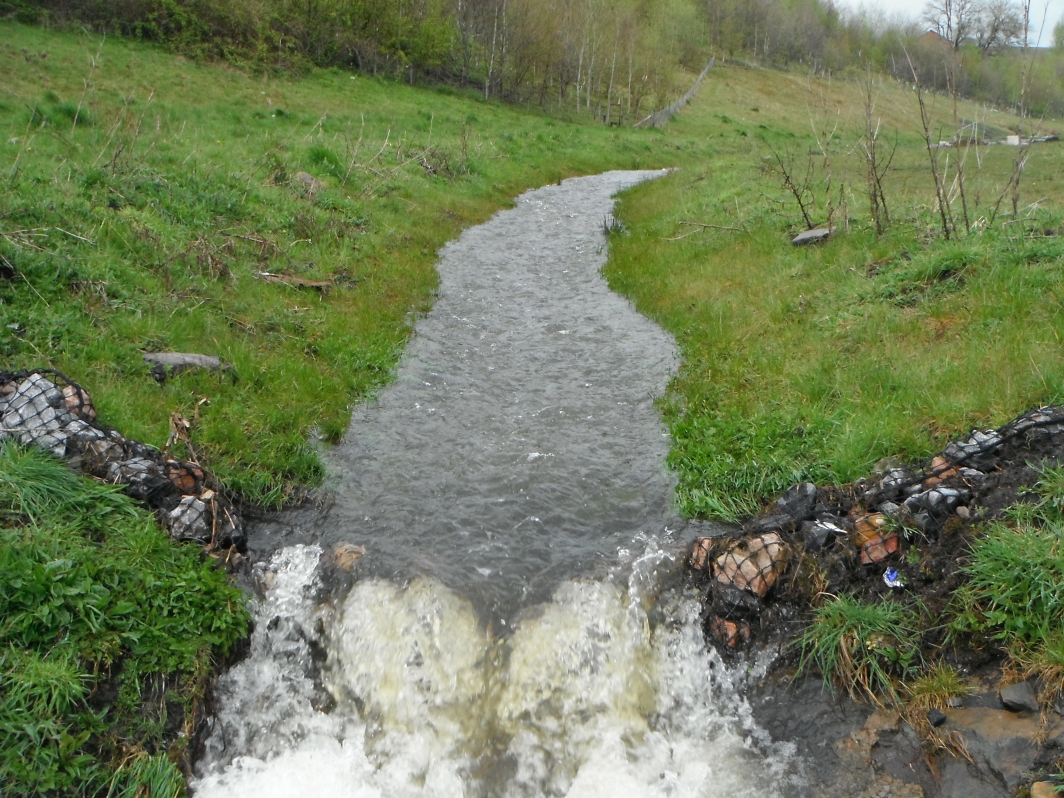
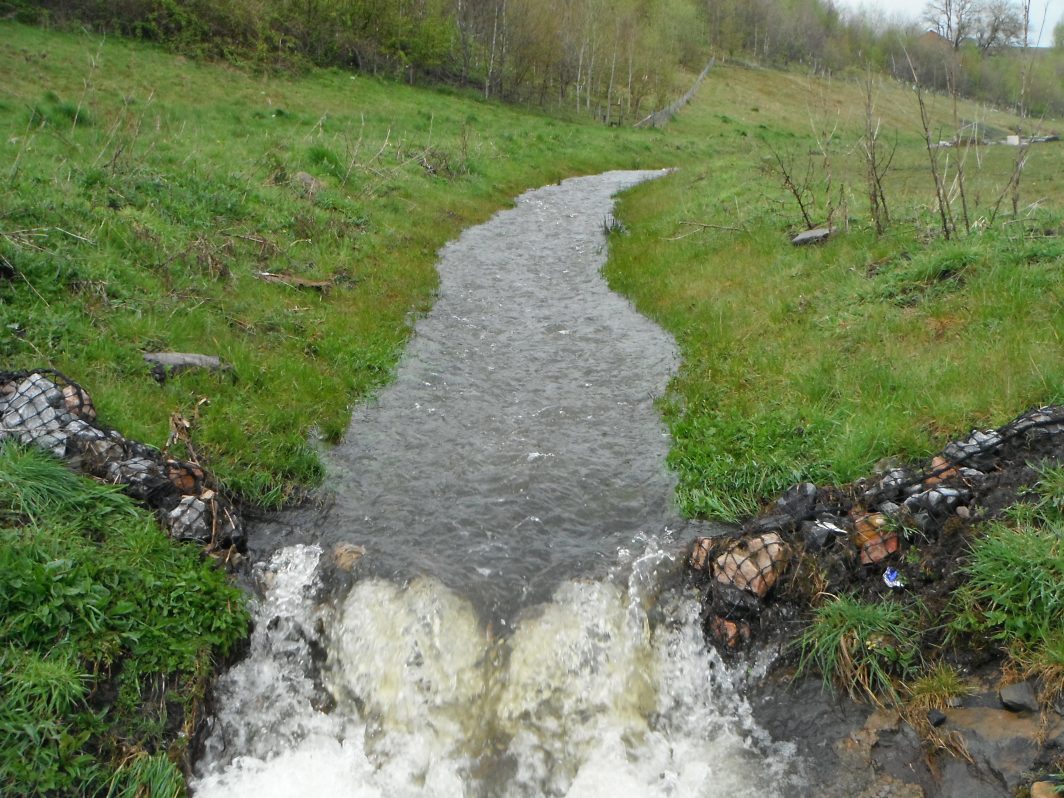
Constant flooding and erosion had been causing some serious problems for Merthyr Tydfil Council who manage an old reclaimed tip site, close to the village of Bedlinog in the Taff Bargoed Valley.
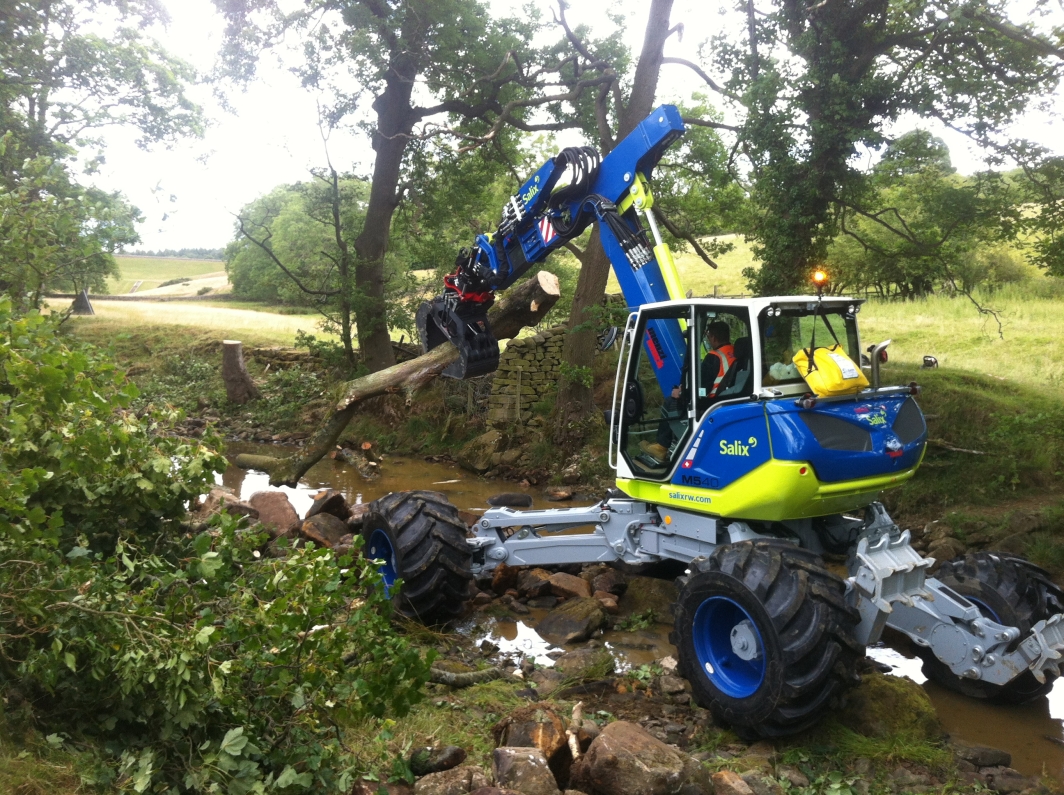
Salix were approached as river restoration experts and because of the innovative Menzi Muck Spider machine which is capable of climbing in and out of a river causing little disturbance.
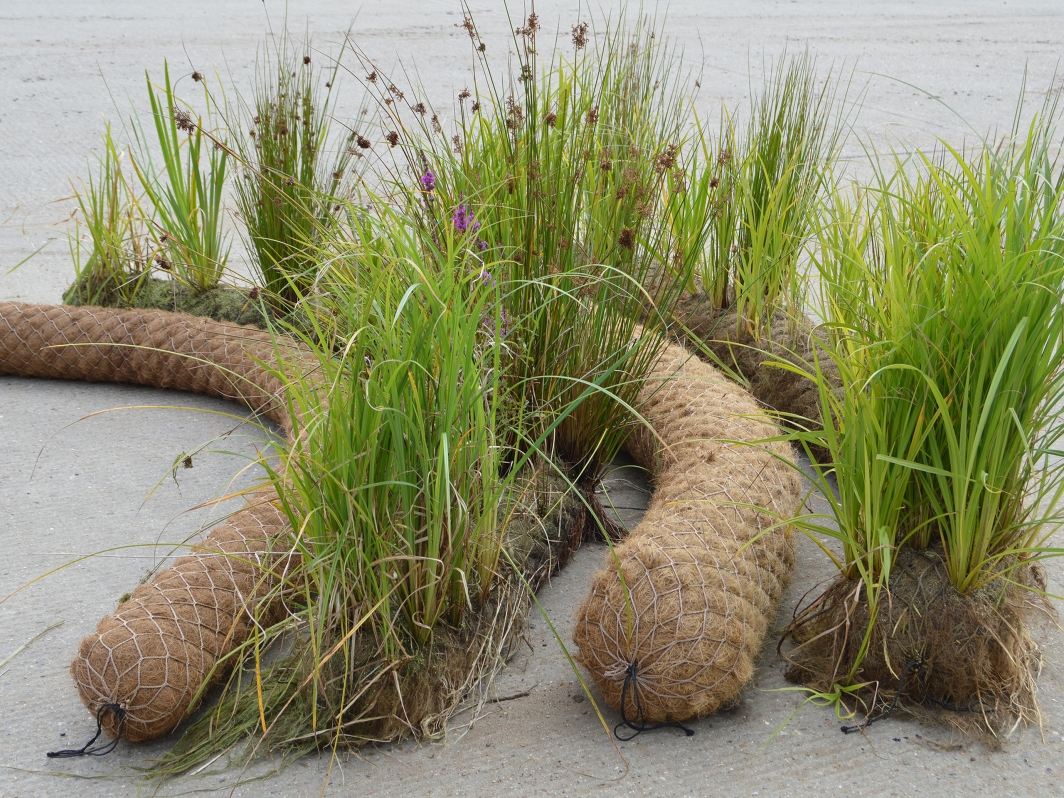
Our Coir Rolls are superb at erosion control and they are also brilliant for wildlife. Wildlife such as Water Voles benefit enormously from the immediate cover that the mature plants provide and also from the carefully thought out planting.

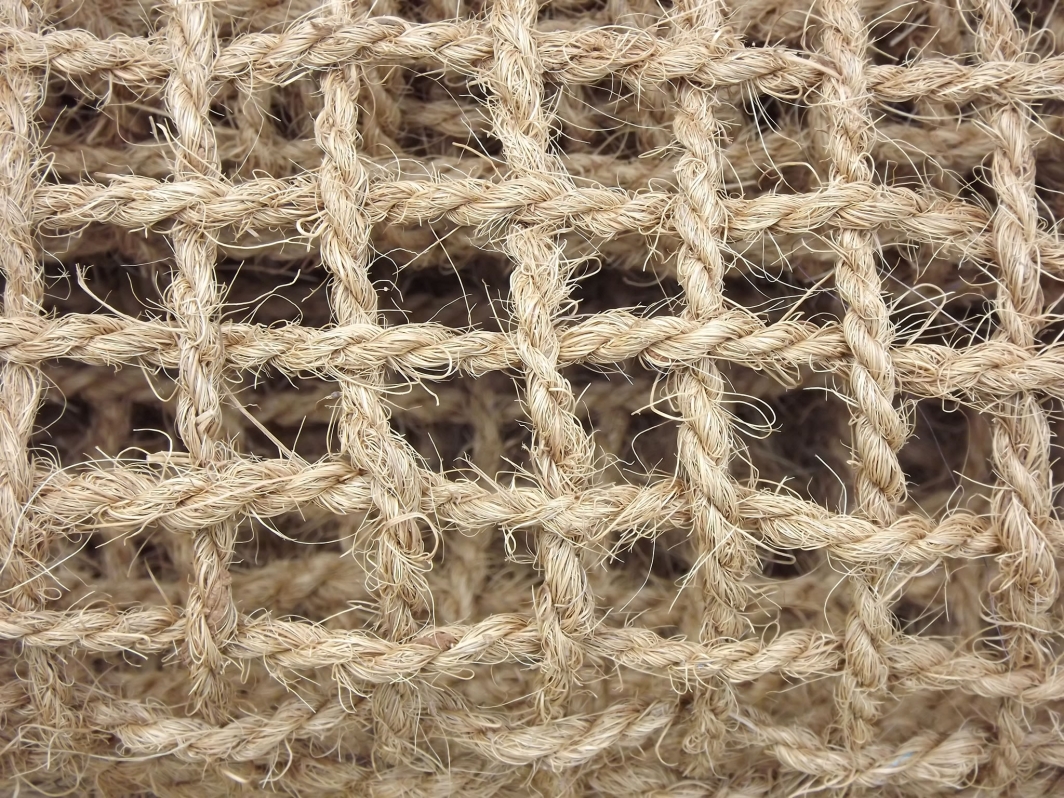
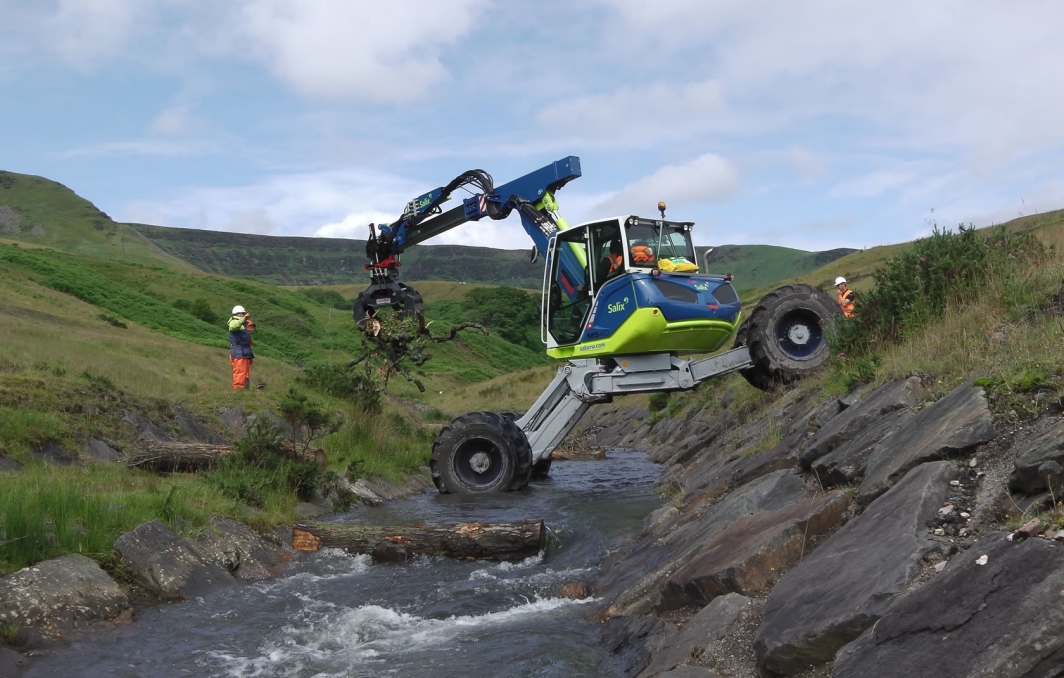
Salix worked with Natural Resources Wales at Cwmparc in the Rhondda Valley to renaturalise the water courses in order to reduce flood risk and increase biodiversity.

As part of its work to help develop the new European-funded Cleanleach leachate purification system, Salix River & Wetlands Services is attending the HTA’s Plant Health Conference at National Agri-Food Innovation Campus, York Feb 2016
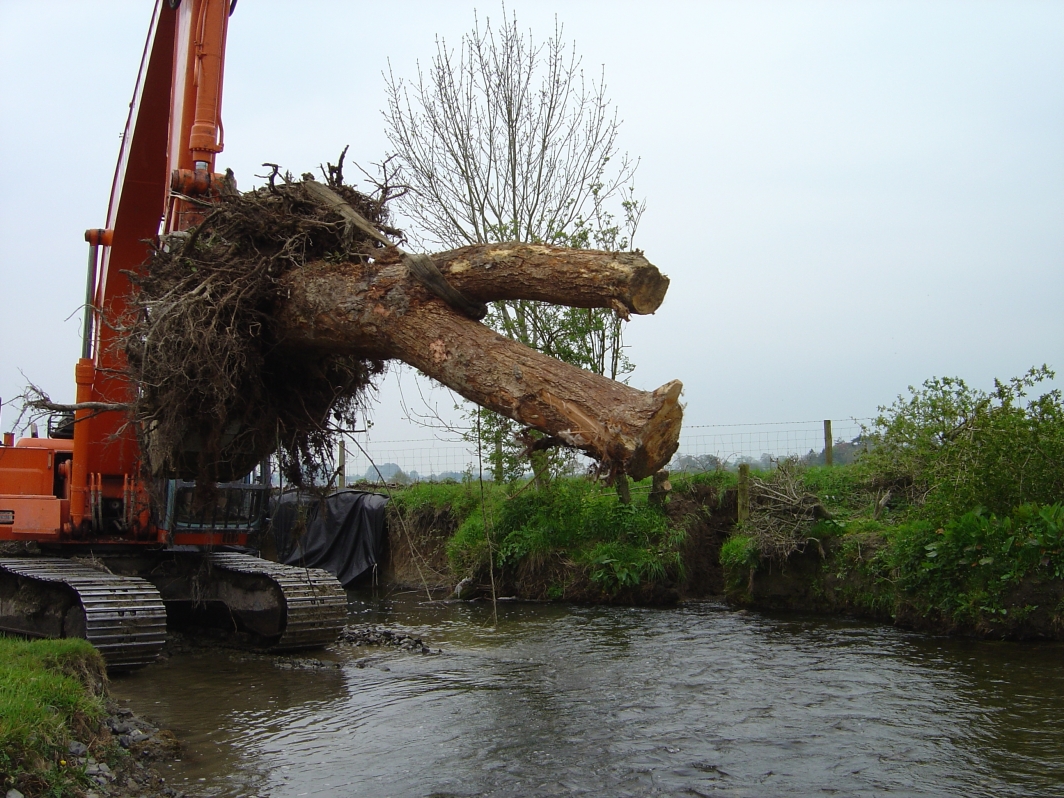
Salix’s River Dulais project demonstrating the use of large woody debris (LWD) is now ten years old and has been is included in the manual of River Restoration Techniques.

The latest stage of the transformation of Walthamstow Wetlands into the largest wetland nature reserve in London will see the creation of new reedbeds to help preserve water quality and improve wildlife habitats.

Bridging the ecological and engineering gap with our effective bio-engineering solutions

Desilting a large reservoir in the heart of London and creating a new wetland habitat. Dredging silts enabled us to create 13,000 square metres of new reed bed

Innovative spider machine helps restore wildlife habitats on the River Washburn. Yorkshire Water’s trial works to improve the quality of the river environment downstream of Swinsty reservoir is now well underway.


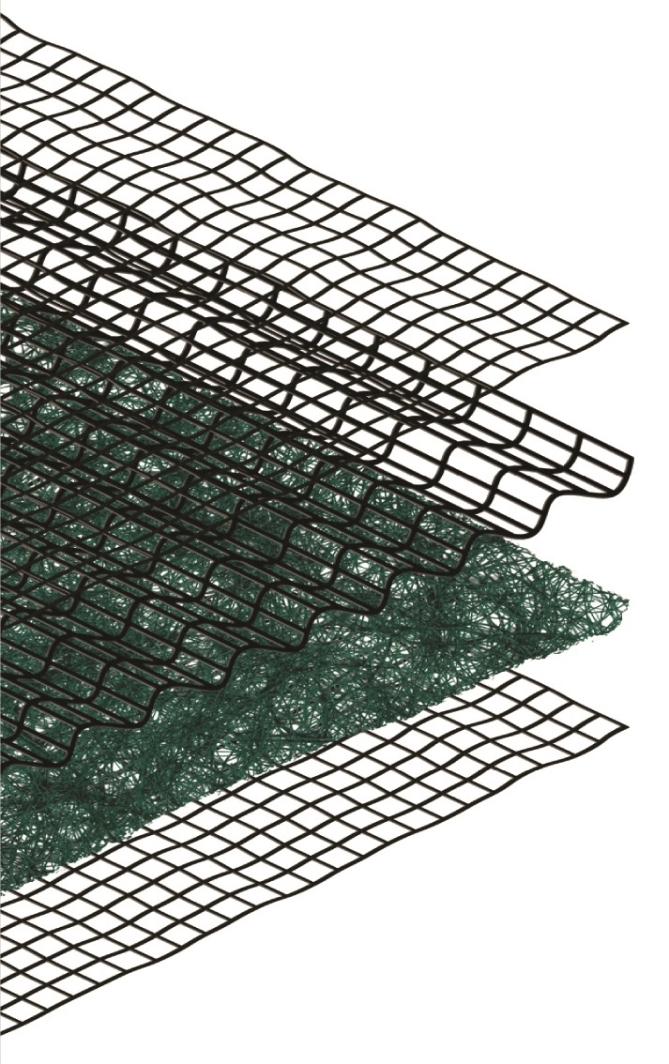

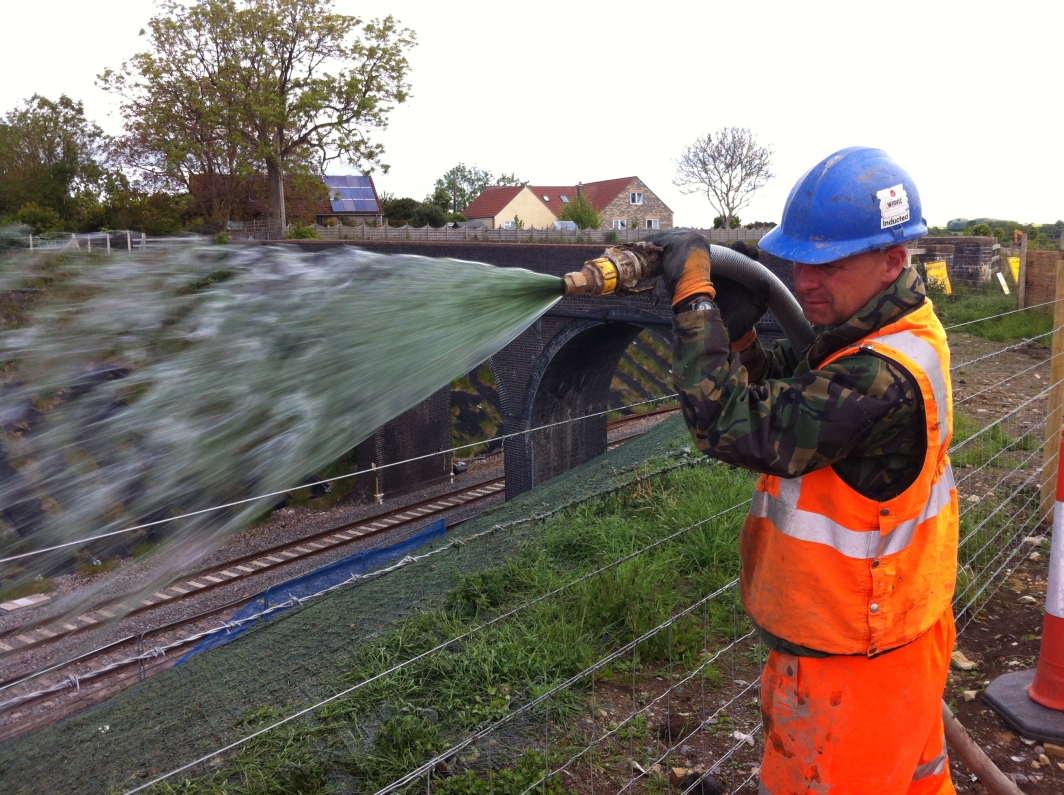
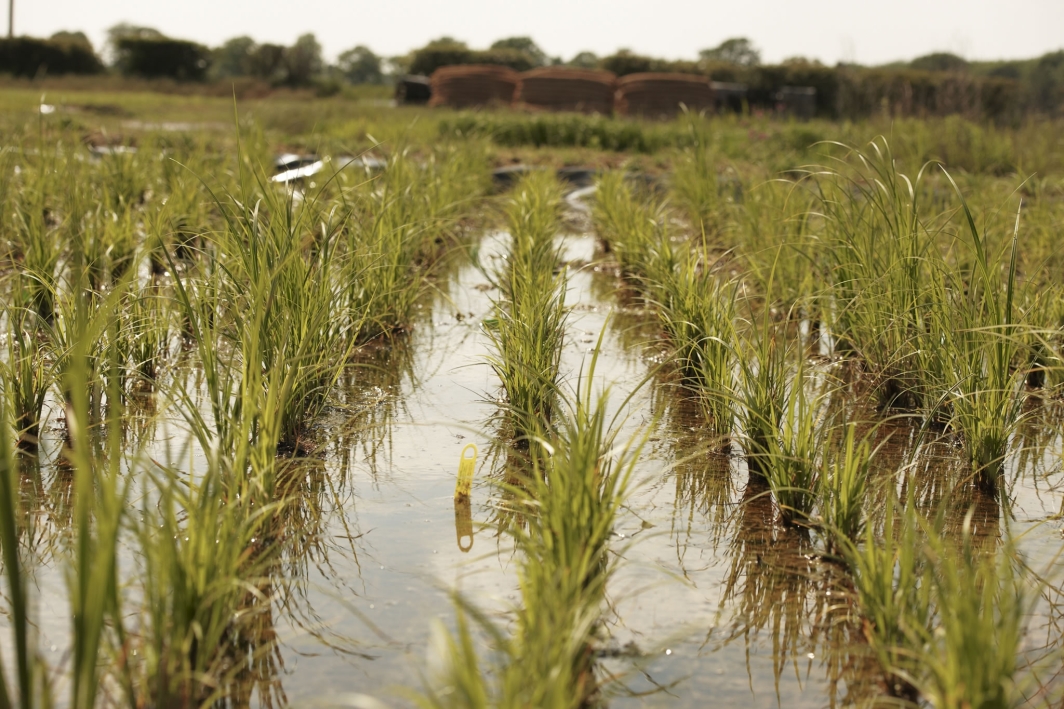

With funding from the Welsh Government’s Nature Fund, we supported Rhondda Cynon Taf Council in taking steps to naturalise one of the concrete channels which brings water down from the mountains at Cwmparc,

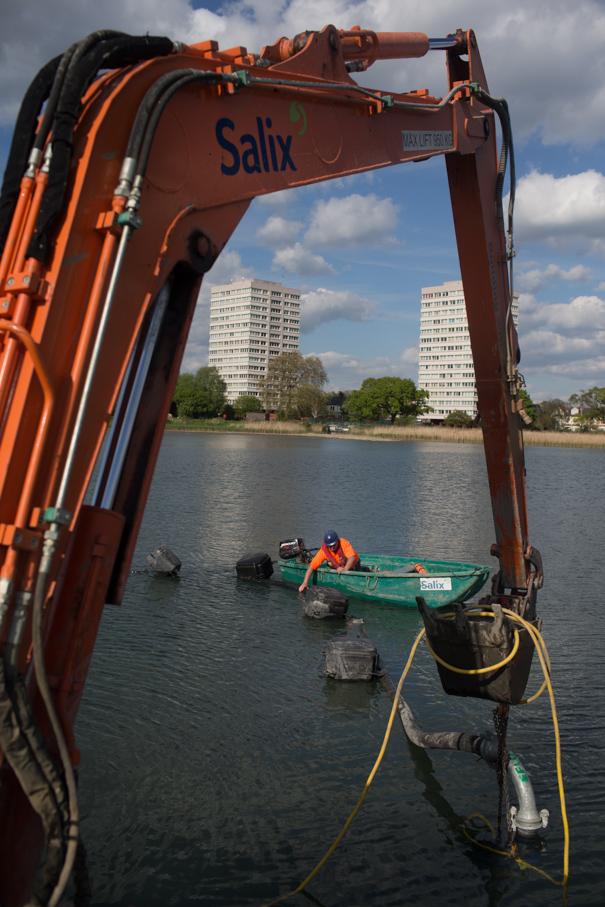
Wildlife gardening on a colossal scale, The Guardian admires our Woodberry Wetlands work. Desilting large areas of the old reservoirs to create new reedbeds.
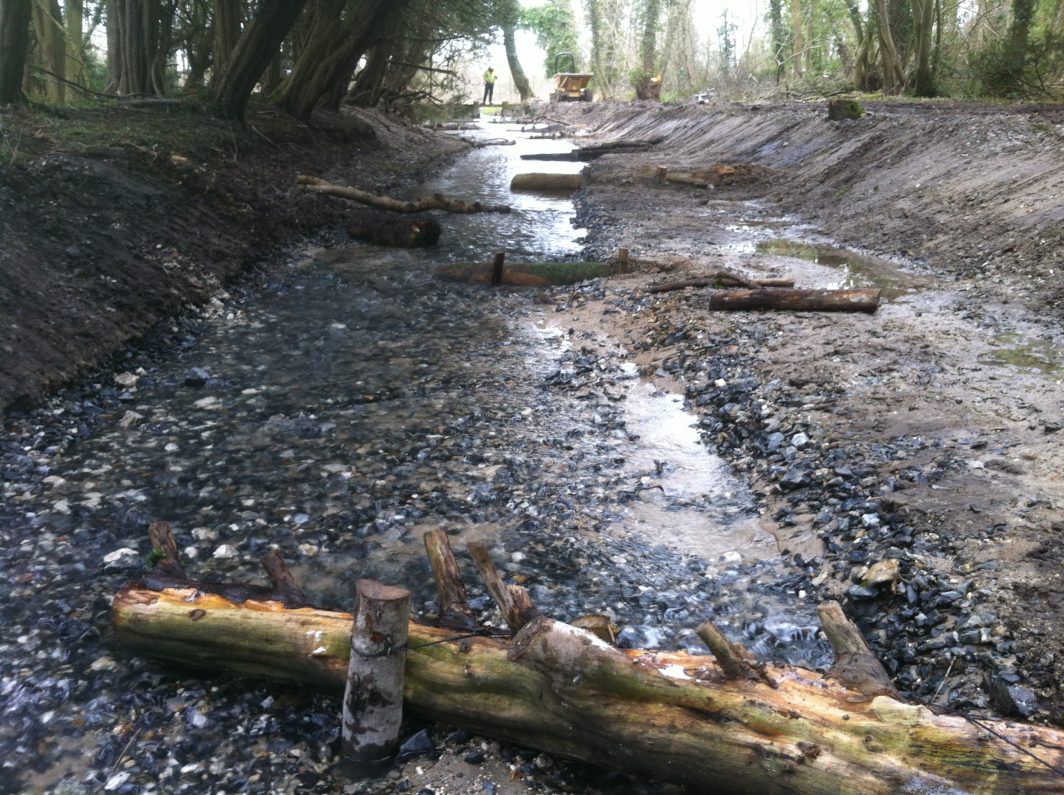
Salix has helped the Norfolk Rivers Trust to improve wildlife habitats on the chalk River Babingley, Hillington Estate near Flitcham, and River Nar at Pentney, near Kings Lynn.
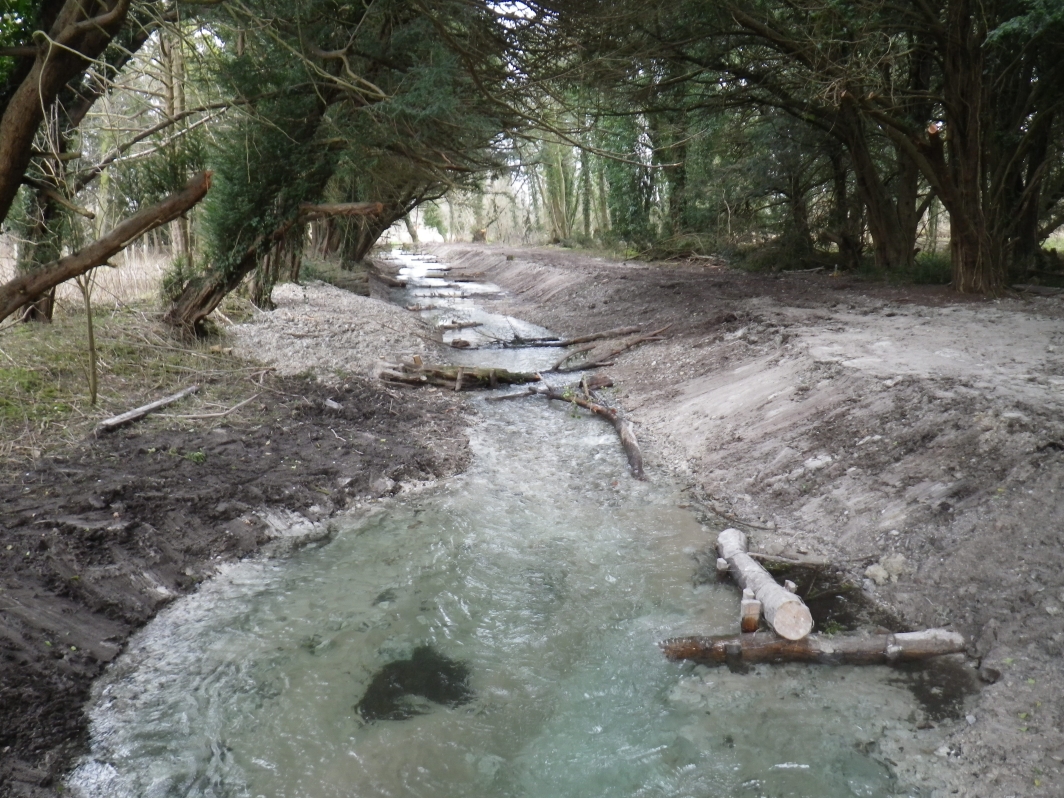
As a core element of our work is focussed upon healthy rivers we are proud to be supporting the fantastic River Restoration Centre’s Conference this month.

We have started pump dredging/desilting at Woodberry Wetlands in East London, creating new reed beds and islands. Our desilting work uses an amphibious machine…
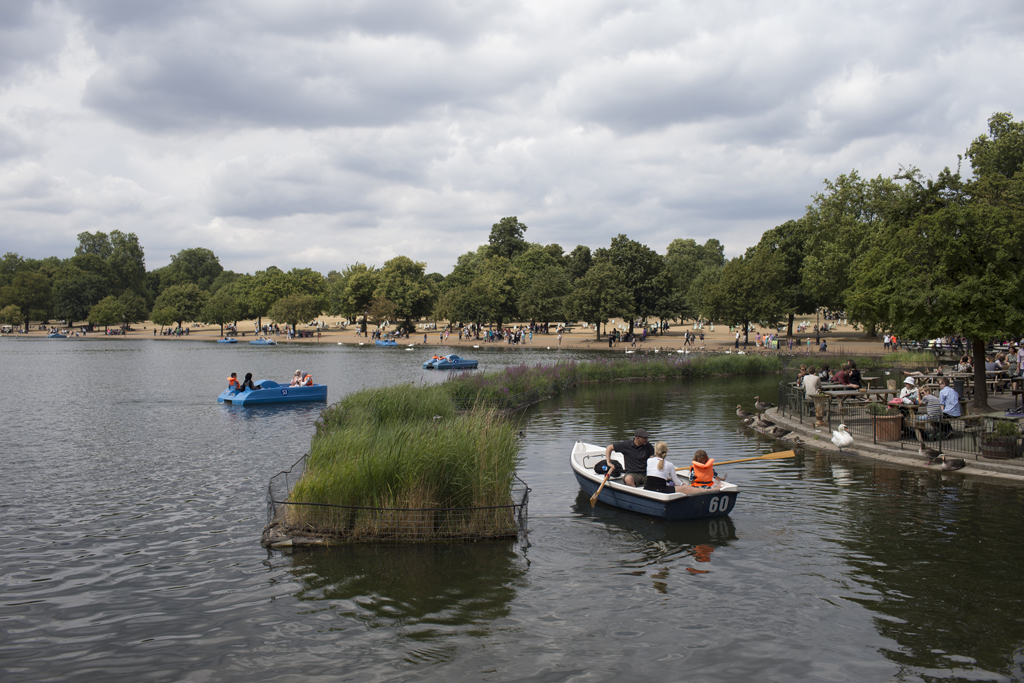
Phosphorus is one of the most common parameters causing a watercourse to fail water quality standards set out under the Water Framework Directive.

Salix’s Technical Director David Holland visited Sri Lanka over Christmas with his family to see how coir fibre production is shaping up.

Salix has helped The Norfolk Hospice create a new pond at its new residential facility in Hillington.
As well as providing hundreds of native pond plants,

We were very fortunate to appear in this month’s CIWEM The Environment Magazine with regards to our work on the Olympic Park Wetlands –
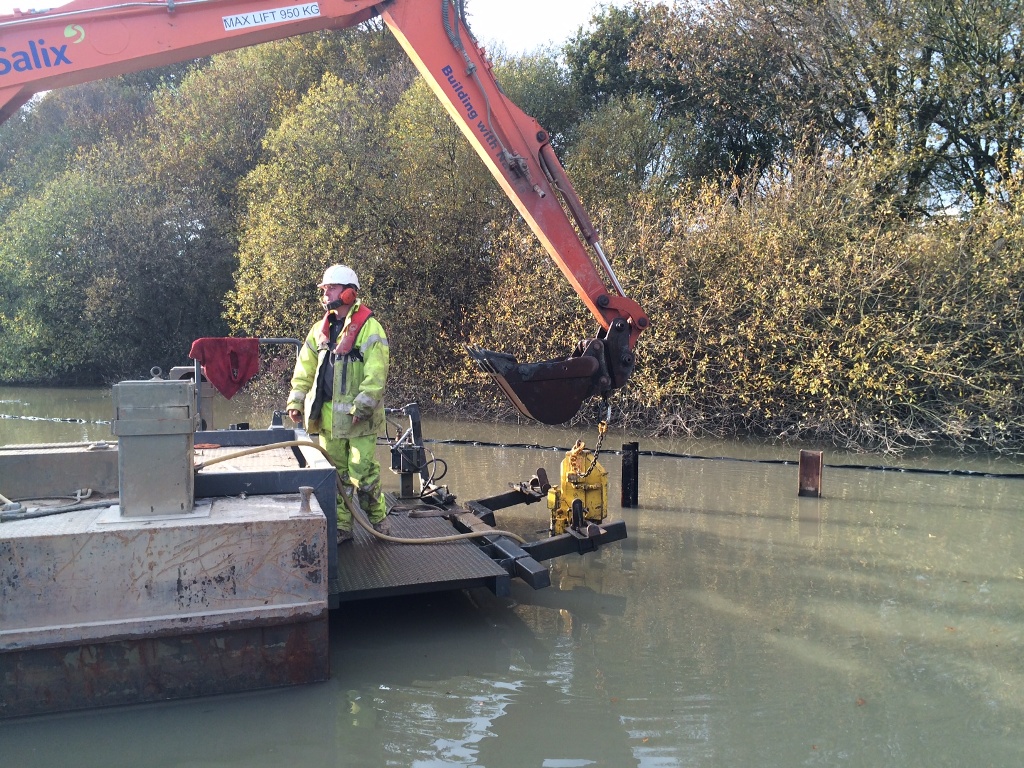

The South Downs National Park Authority has commissioned Salix to help create a wildlife haven on the South Pond, at the edge of Midhurst town centre in West Sussex. The large 800-year old pond, which has a 270-metre perimeter and two small islands, had been suffering from pollution and heavy siltation.
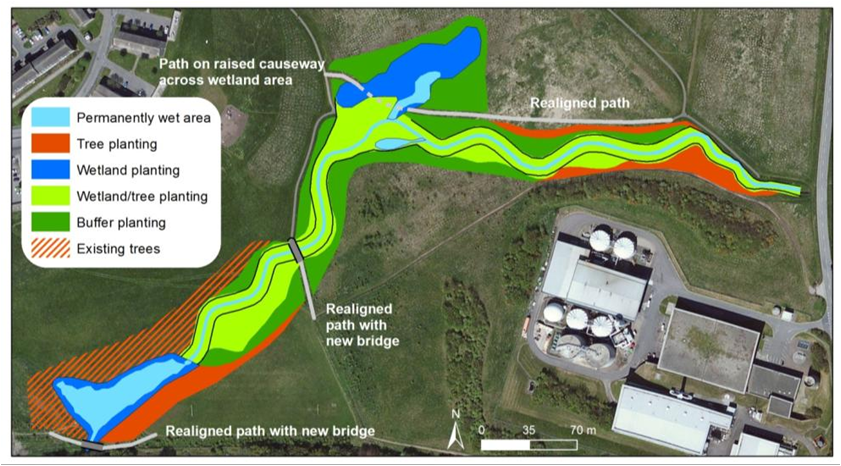
Salix has worked with Aberdeen City Council, cbec and Walking-the-Talk to restore the East Tullos Burn in St Fittick’s Park, Torry,
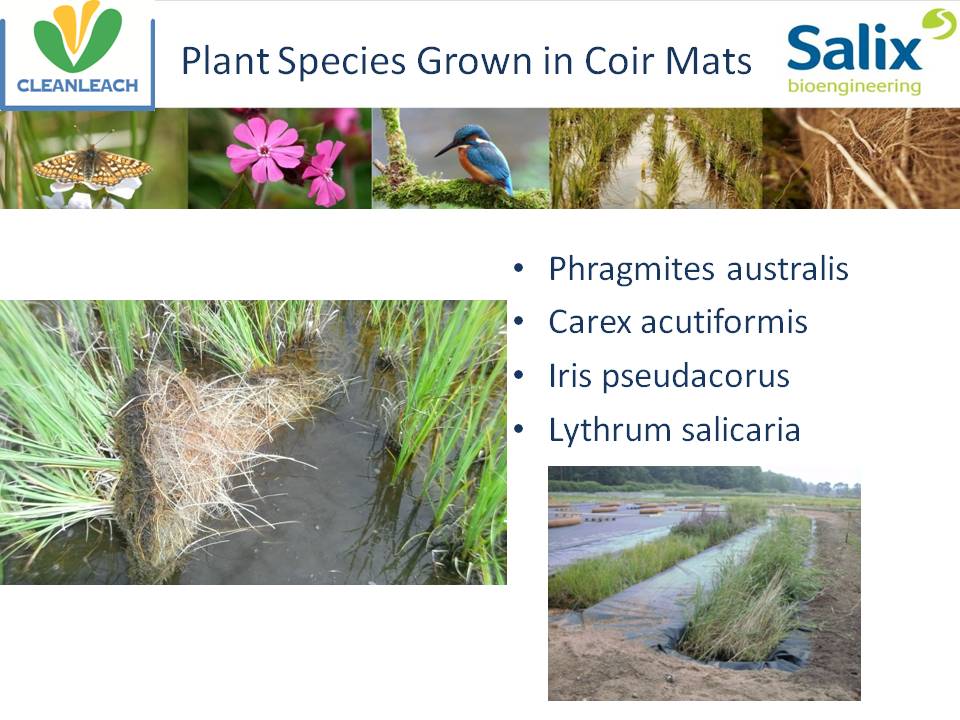
Salix has installed the new Cleanleach leachate purfication system at its 20-acre Croxton Park nursery in the Thetford Forest, as part of a European research project.

Working directly with ethical, organic and sustainable suppliers in Sri Lanka, each year Salix imports hundreds of tonnes of compressed coir fibres and turns them into Coir Rolls and Pallets at its Thetford nursery in Norfolk.
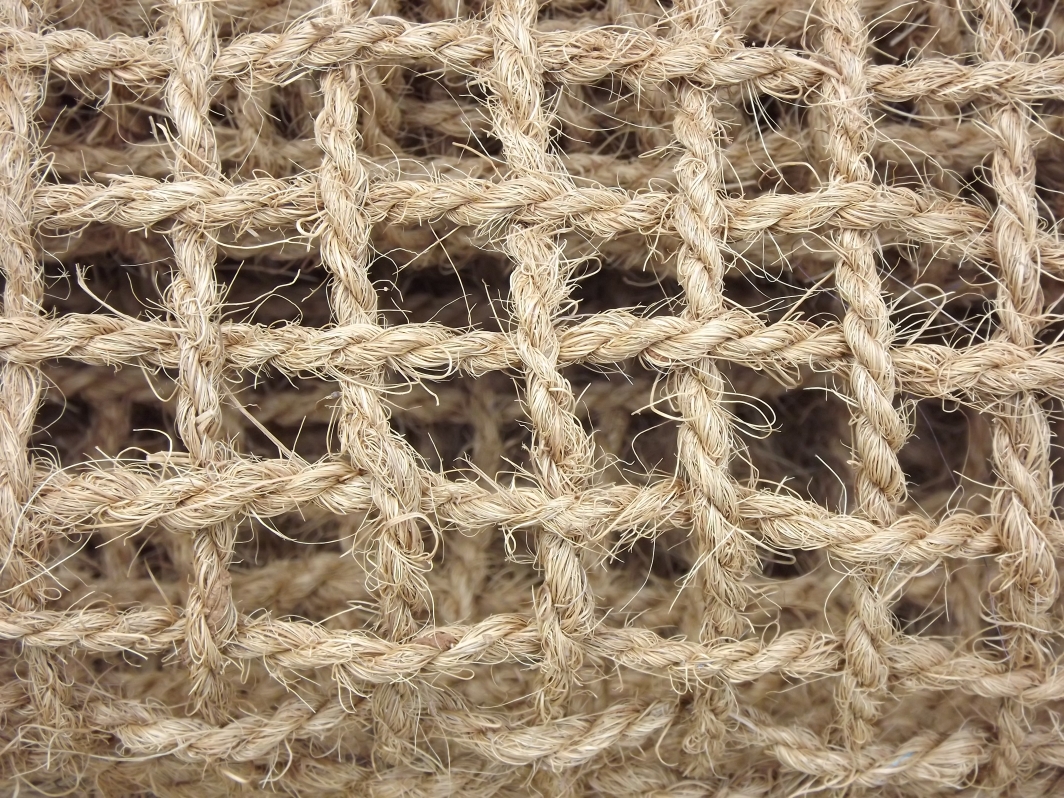
Coconet800 is a robust and biodegradable erosion control system which is designed to provide immediate erosion protection to soils whilst allowing vegetation to grow. Coconet800 provides an excellent, cost-effective solution to limit erosion, increasing surface cover and roughness.
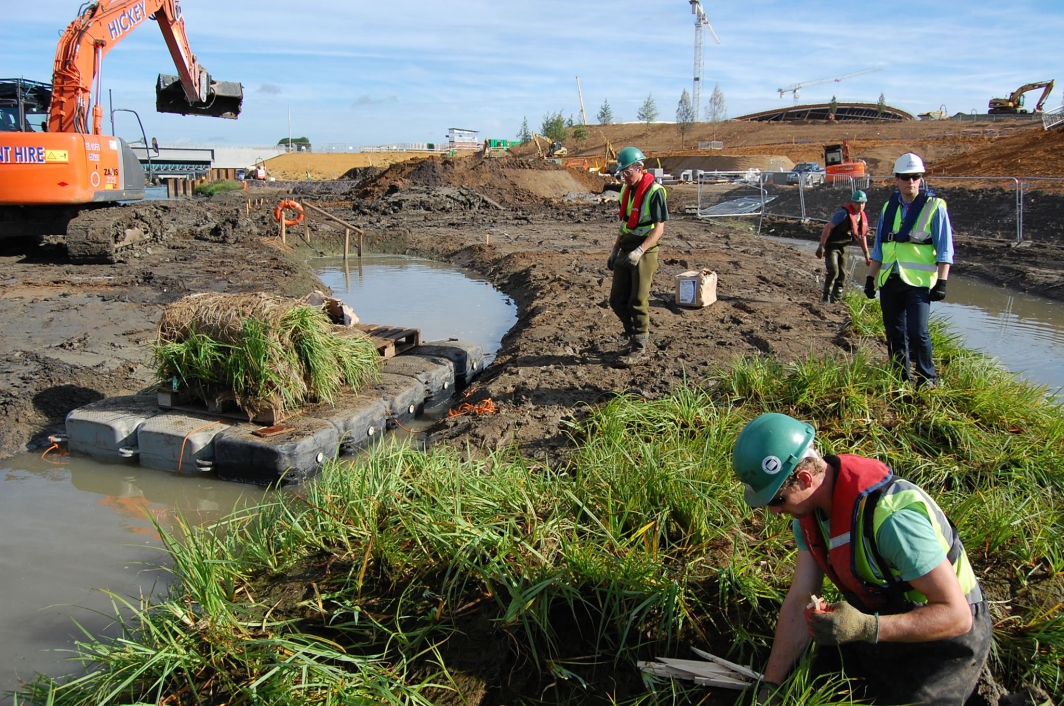
Salix were involved in making the Olympic Park a reality, when we were awarded the prestigious Tier 2 Contract in 2009 to grow all the wetland and wet wildflower plants…
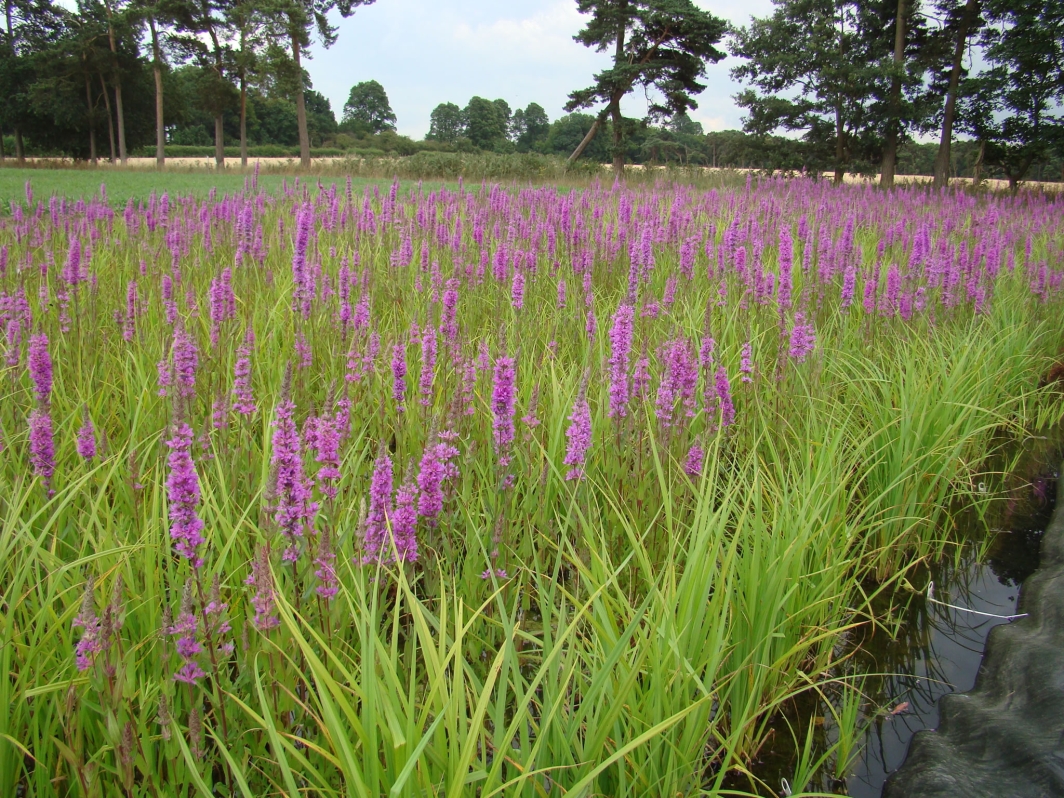
Salix produce a wide range of pre-established coir pallets planted with high quality native plant species. Coir pallets are composed from coir fibre which is a sustainable waste product from the husk of the coconut shell.

Coir Rolls are an organic living revetment that provide erosion control and rapid vegetation establishment. Salix have developed a range of specific species mixes for use in all types of water bodies.

HydraCX is a hydraulically applied erosion control product that protects slopes against soil and seed loss from heavy rain and wind from day one of application. It is 100% natural, consisting of reclaimed cotton and straw fibres.
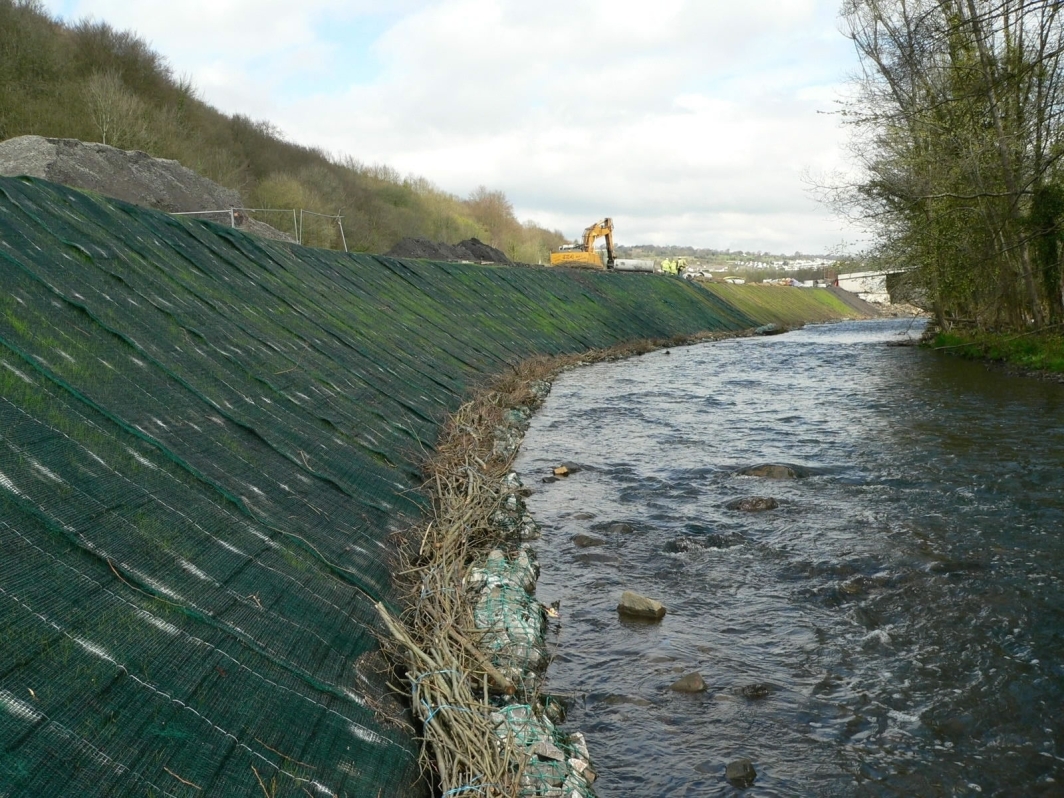
VMax³ P550 is composed of a permanent, ultra-high-strength, three-dimensional matting structure incorporated with a permanent 100% polypropylene fibre matrix.
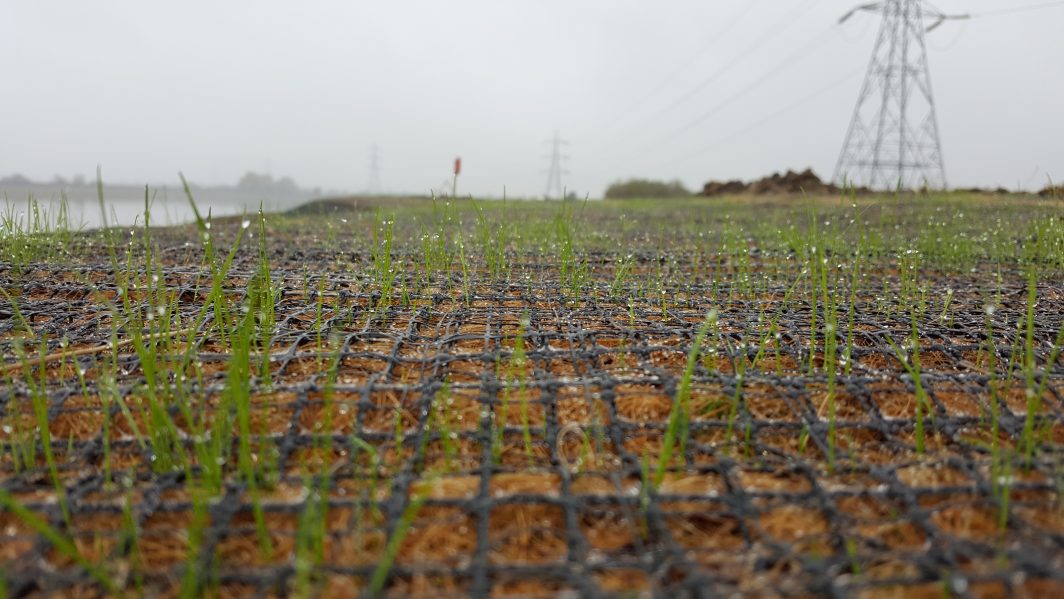
VmaxC350 is a permanent Turf Reinforcement for reinforcing soils. The VmaxC350 incorporates a coir fibre layer to provide instant erosion protection, whilst the three-dimensional grid provides significant long-term protection.

As part of a programme of wildlife habitat improvements in the Royal Parks, Salix have been awarded a contract to create large floating wetland islands on the Serpentine Lake in London’s Hyde Park.
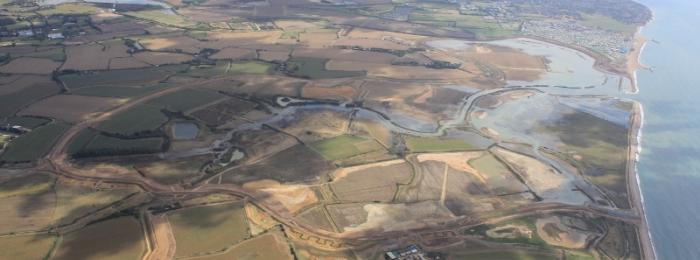
Medmerry is one of the stretches of coastline most at risk of flooding in southern England. The overall scheme involves building major new sea defences inland and allowing a new intertidal area to form between Selsey and Bracklesham in West Sussex.
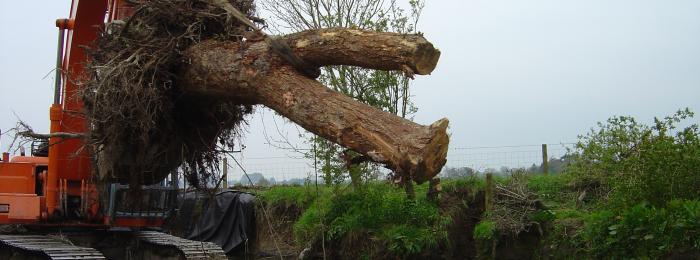
Tenth Anniversary of Salix’s Project on The River Dulais, Rhosmaen, Llandeilo.
Salix’s River Dulais project demonstrating the use of large woody debris (LWD) is now ten years old and we are delighted to announce that this ground breaking project has been included in the River Restoration Centre (RRC) Manual of Techniques.
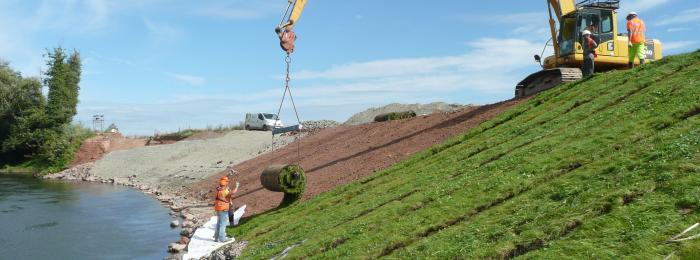
Salix are pleased to announce that We have been appointed as the sole distributors of the VMax® range of soil erosion control products formerly known as North American Green.


Richmond Royal Parks is a walkover for Salix and Sir David Attenborough’s Volunteers.
In our last newsletter and in the piece On Her Majesty’s Service we featured the start of our works at Richmond Royal Parks,

We are delighted to finally unveil our role in making the Olympic Park a reality, from our initial involvement way back in 2008,
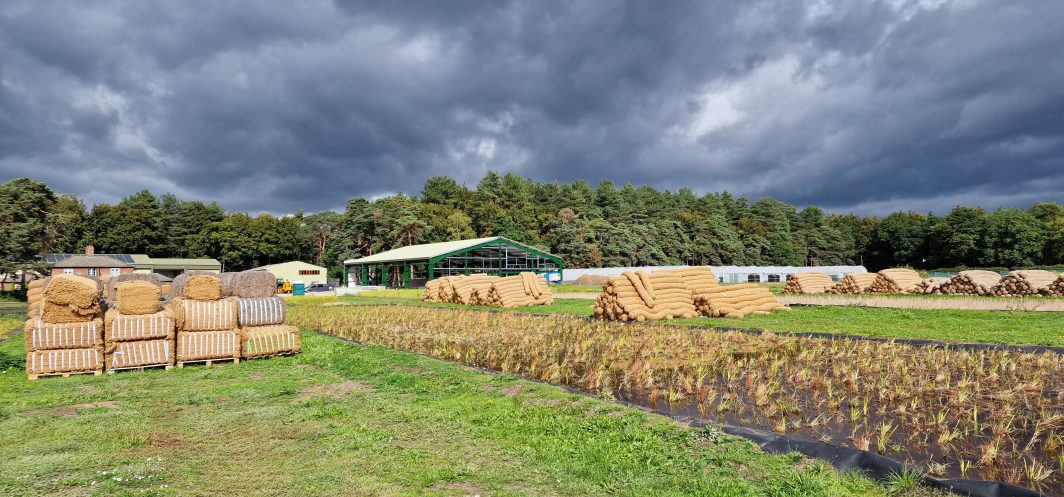
Work has commenced at one of our most prestigious locations to date The Royal Parks.
We have been appointed as a result of being able to demonstrate our experience in working in environmentally sensitive areas whilst employing our own specialist staff and machinery to minimise the impact of our works.

The Wilderness Lake is an important coarse fishery and recreational resource on the edge of Porthcawl in South Wales. It also functions as a flood storage area for the surrounding urban areas.

A new warehouse complex required a large balancing pond to take surface runoff water. The pond had steep sides which required some form of ground stabilisation.

The boating lake was a popular local attraction and fishing lake. The lake edges were in bad repair with little or no marginal vegetation. Floating islands were also required to add further habitat for fish and wildfowl.
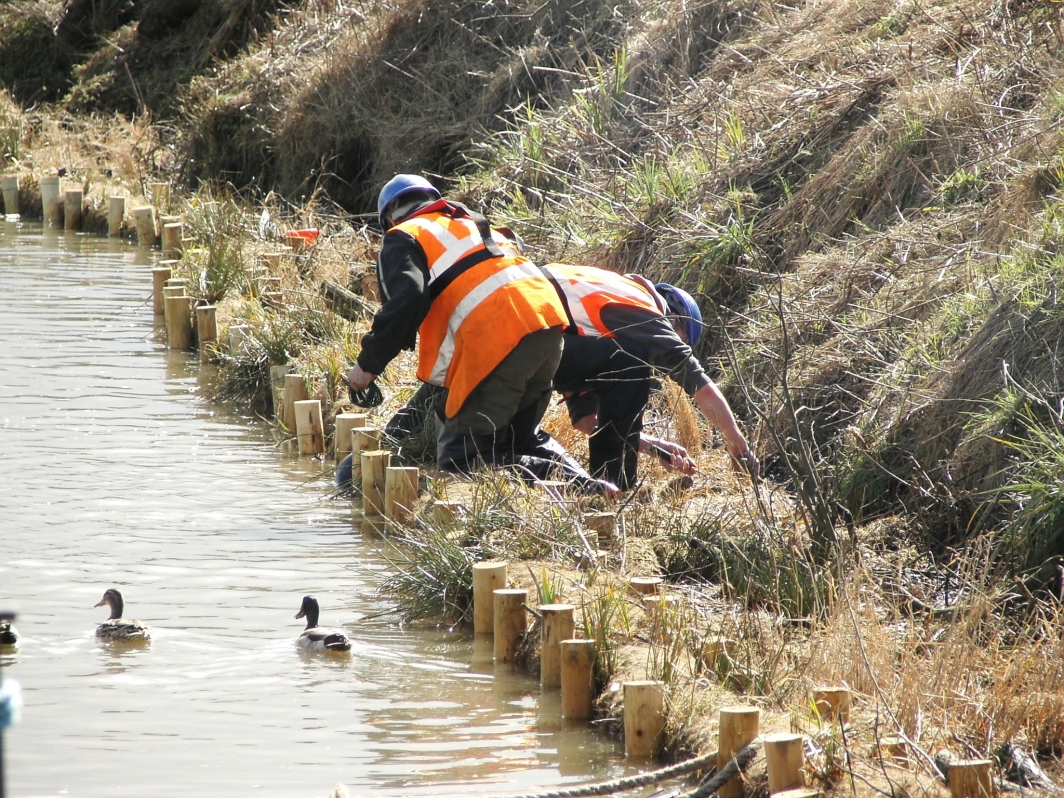
A rise in pleasure boating on the Foss resulted in severe boat wash. Monitoring revealed that the rate of bank erosion was up to 2.5 metres in a year over a 2km stretch.

Works were required to repair an eroding railway embankment adjacent to the river. This resulted in the embankment encroaching into the river, causing erosion problems on the opposite bank belonging to a local farmer.

As part of a new large reedbed creation project Salix contract grew and planted out 125,000 reed plants grown from local provenance seed stock. Seed was hand collected and processed by Salix specialists from an adjacent existing reedbed.

As Principle contractor, Salix constructed a 3 hectare wetland system to provide waste water treatment and habitat creation. 18 integrated ponds, wet grassland, reedbeds and ditches were constructed for Twycross Zoo.
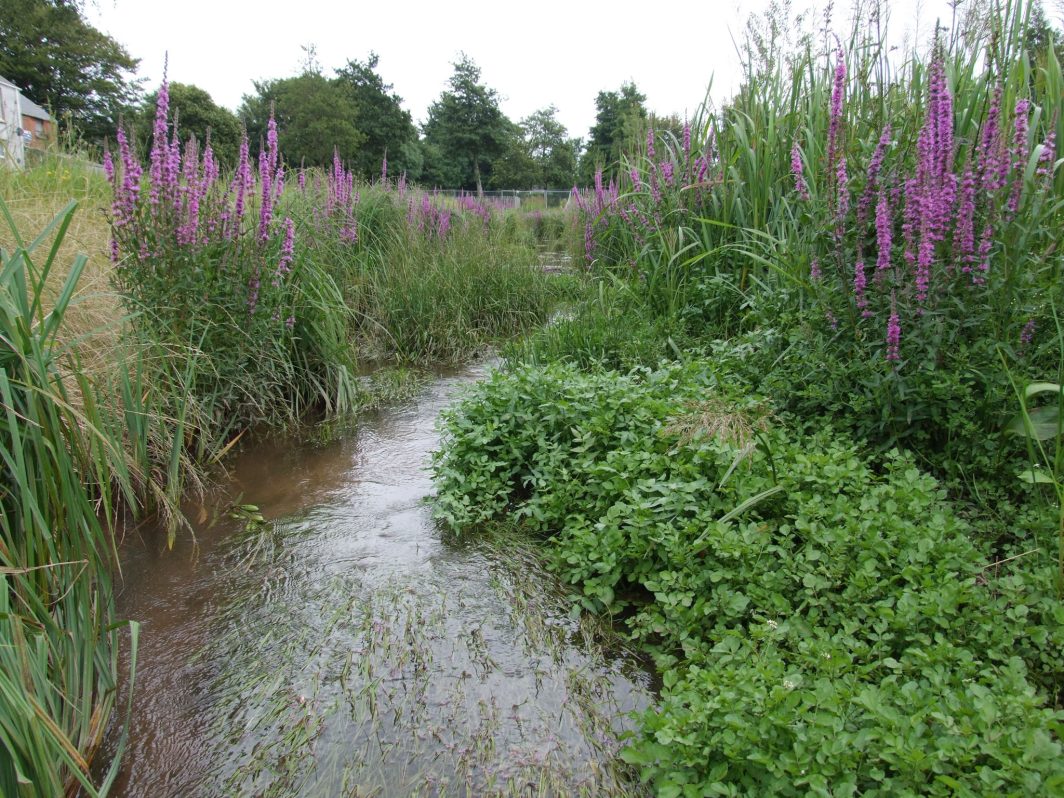
1 km of new and existing channel was enhanced using bioengineering techniques as part of a flood protection project in the centre of historic Pembroke in West Wales.

Salix were asked by Environment Agency Wales to advise on methods to restore a 100 metre reach of the River Thaw which had been subject to physical degradation by overgrazing and cattle poaching.
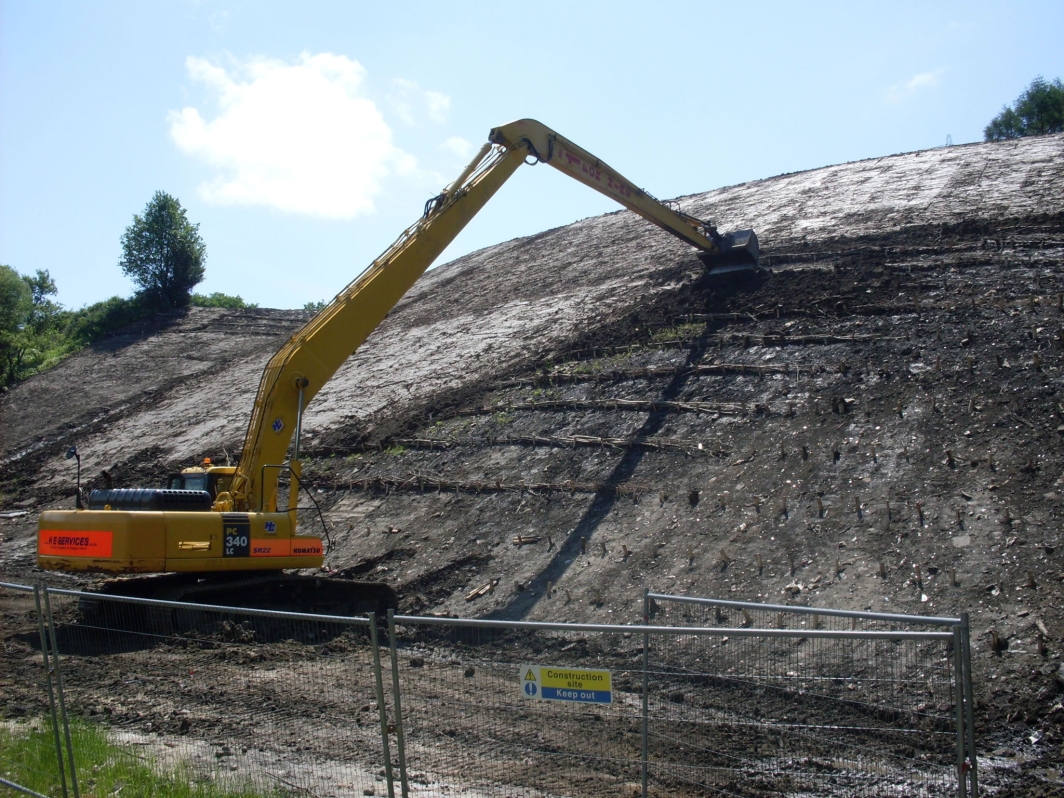
The finished slope was 36 degrees, 40 metres in height and 60m wide. 250mm depth of topsoil was required, rather than the nominal 50-75mm, as cover for marginally contaminated on site fill material.

Salix successfully tendered for a pilot project to improve marginal vegetation along the River Wandle. The project formed part of a wider scheme to reintroduce water vole to the river.
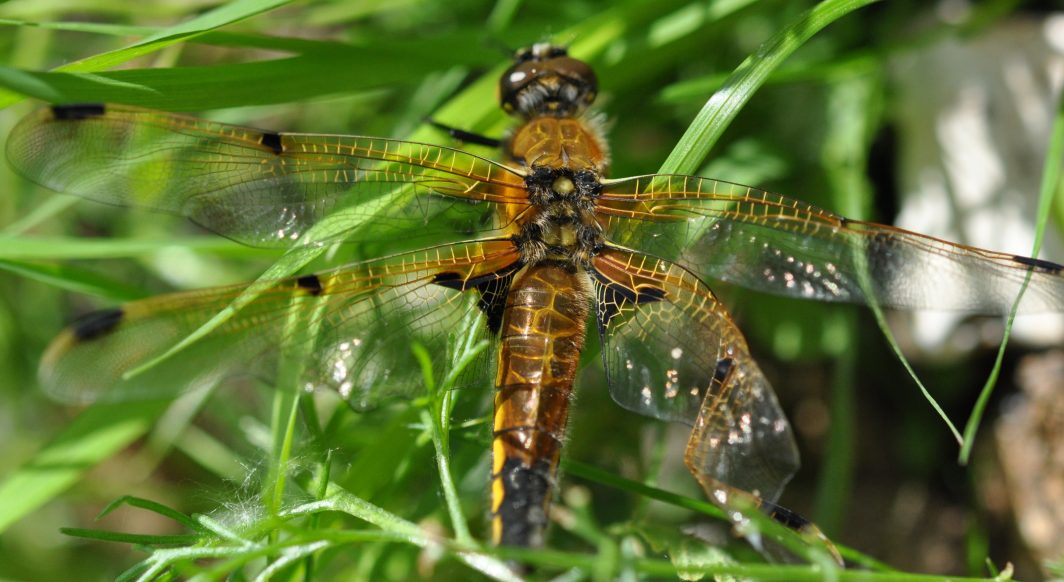
The project aim was to restore a wetland area on the banks of the Grand Union Canal for the benefit of wildlife and the fishery. The scheme design ensured that no material was taken off site and that particular focus was on creating suitable habitat for Water Voles and amphibian species such as Newts.
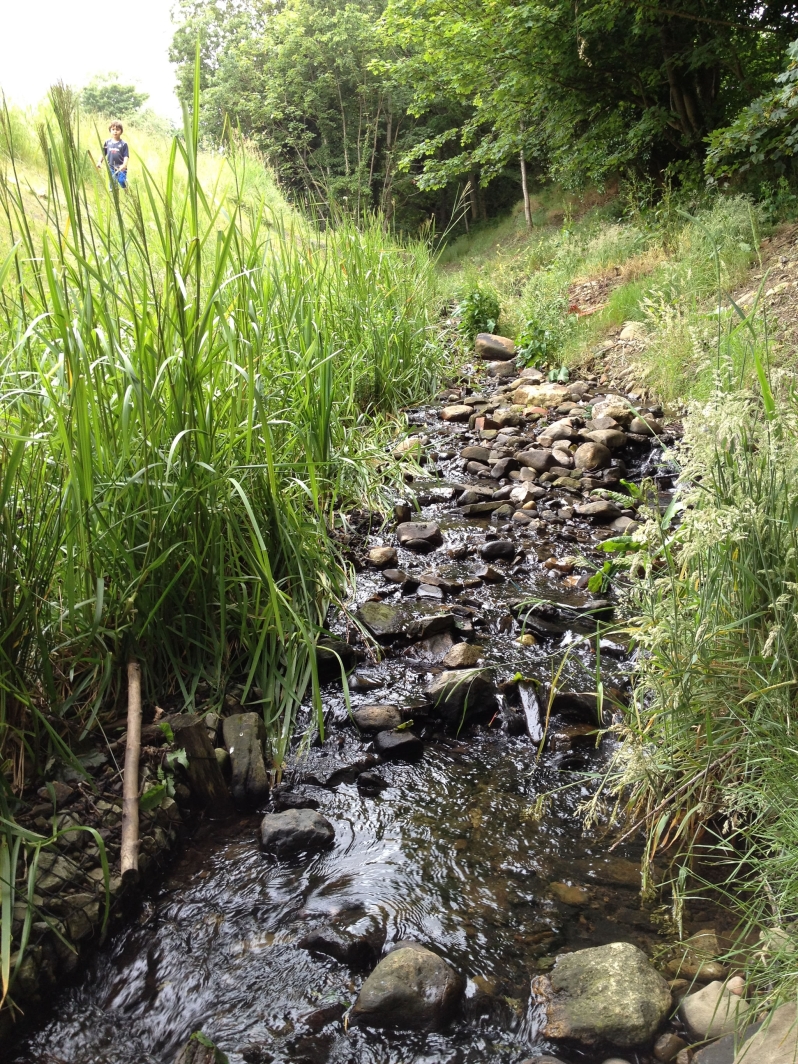
A new development had slope stability issues due to an adjacent cobble bed watercourse badly eroding the soils and downcutting the bed within the channel.
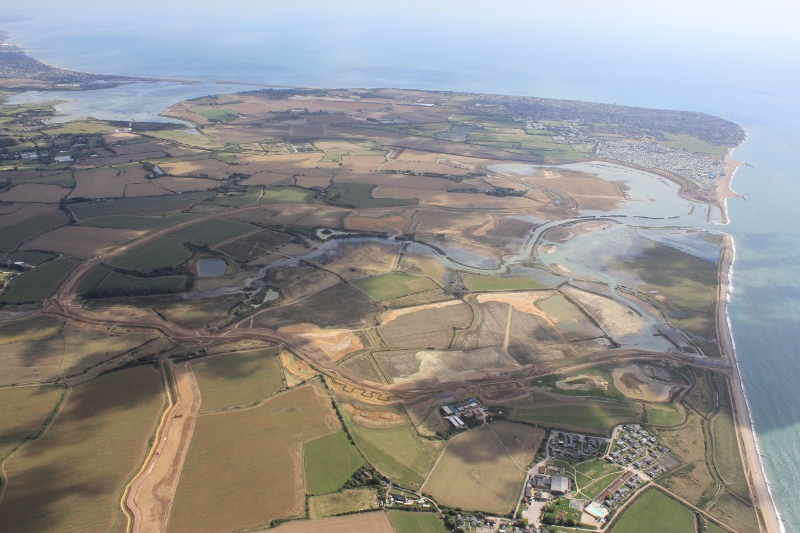
Medmerry is one of the stretches of coastline most at risk of flooding in southern England. The overall scheme involves building major new sea defences inland and allowing a new intertidal area to form…

Floating Islands provide valuable ecological habitat, fish refuge cover and water purification within open water environments. Salix supply and install floating islands and can incorporate a diverse range of flowering species to increase the habitat and aesthetic value of the project.

Living willow has been used as a method of controlling riverbank erosion for centuries. Salix employ traditional techniques and more modern approaches based upon the site specific erosion process.

Salix produce a range of brushwood faggots (fascines) for use in rivers, canals and lakes. We use brushwood from sustainable sources and can supply various timber types including Ash, Hazel and Willow.

The River Teme is a sensitive SSSI and SAC river and over 150 metres of severe bank erosion was threatening a National Grid pipeline.